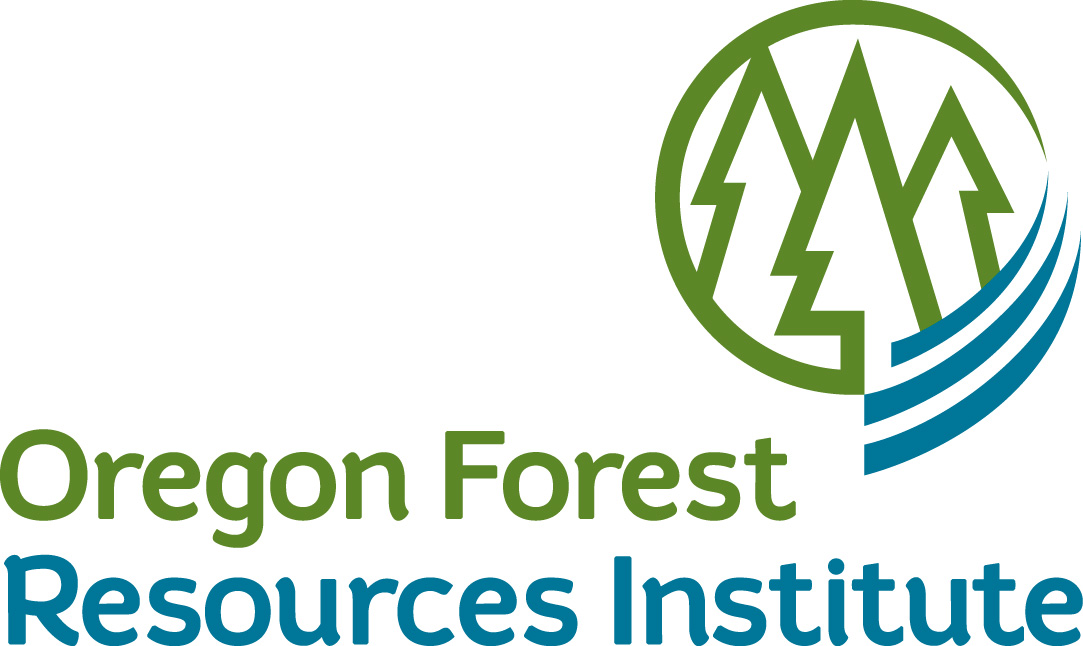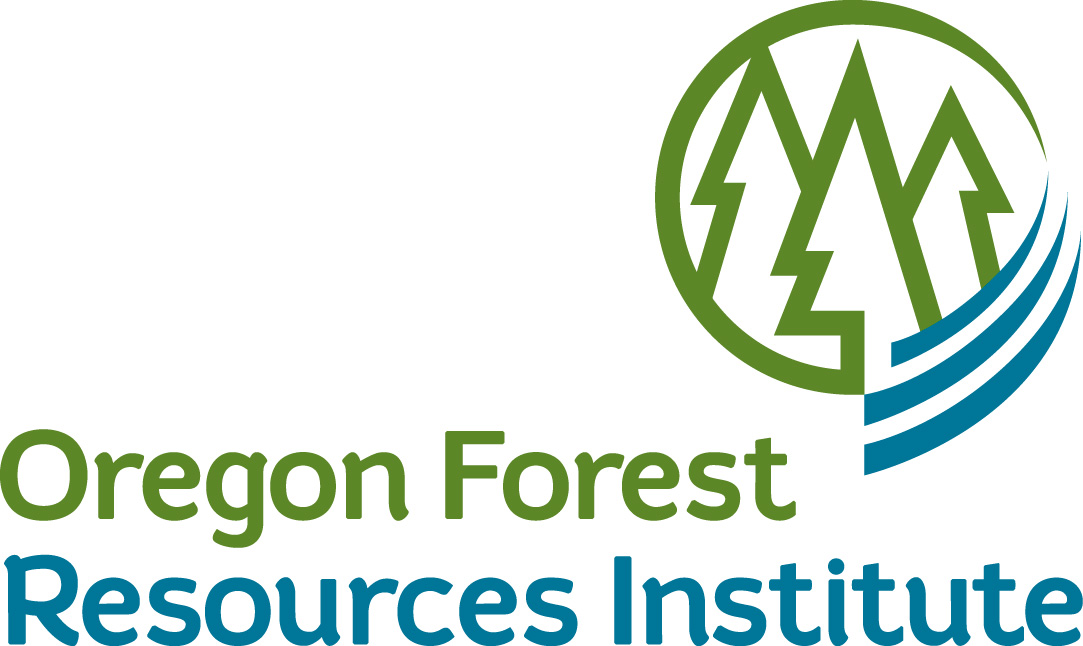SAF Learning
-
You must log in to register
- Non-member - Free!
- Member - Free!
View these seven presentations under the Contents tab:
Entomology & Pathology
An Ounce of Prevention – The Spread of Heterobasidion Root Disease and the Evolution of Control Methods, John McLaughlin, BioForest
Emerald Ash Borer Management: Viewing Through an Economic, Ecologic, and Social Lens, Andrew VanNatta, City of Milwaukee
Fire & Fuels Management
Regeneration Dynamics Following Fuels Treatments in a Lower Montane Forest, Colorado, USA, Seth Ex, Colorado State University
Smoldering Combustion in Forest Floor Duff: A Restoration Challenge, Jesse Kreye, Virginia Tech
Building a Fire Program That Can Shape Ecosystems: Reflections on Twenty Years of Building a Fire Program, Steven Miller, St Johns River Water Management District
Wildfire Impacts on California Spotted Owl Nesting Habitat in the Sierra Nevada, Steven Miller, St Johns River Water Management District
Efficacy of Resource Objective Wildfires for Restoring Ponderosa Pine Ecosystems of Northern Arizona, David Huffman, Ecological Restoration Institute, Northern Arizona University
Key:
Browser Recommendation
Use Chrome, Firefox, Edge, or Safari.
DO NOT USE Internet Explorer.
Quick Search
Customer Support
If you need assistance with registration, accessing a ForestEd product you purchased, or other customer service-related issues, please email ForestEdSupport@safnet.org during normal office hours: Monday - Friday, 9:00 am - 5:00 pm ET.
Sponsors
ForestEd Suggestion Box
Technical Support
For technical support, email ForestEdSupport@safnet.org



